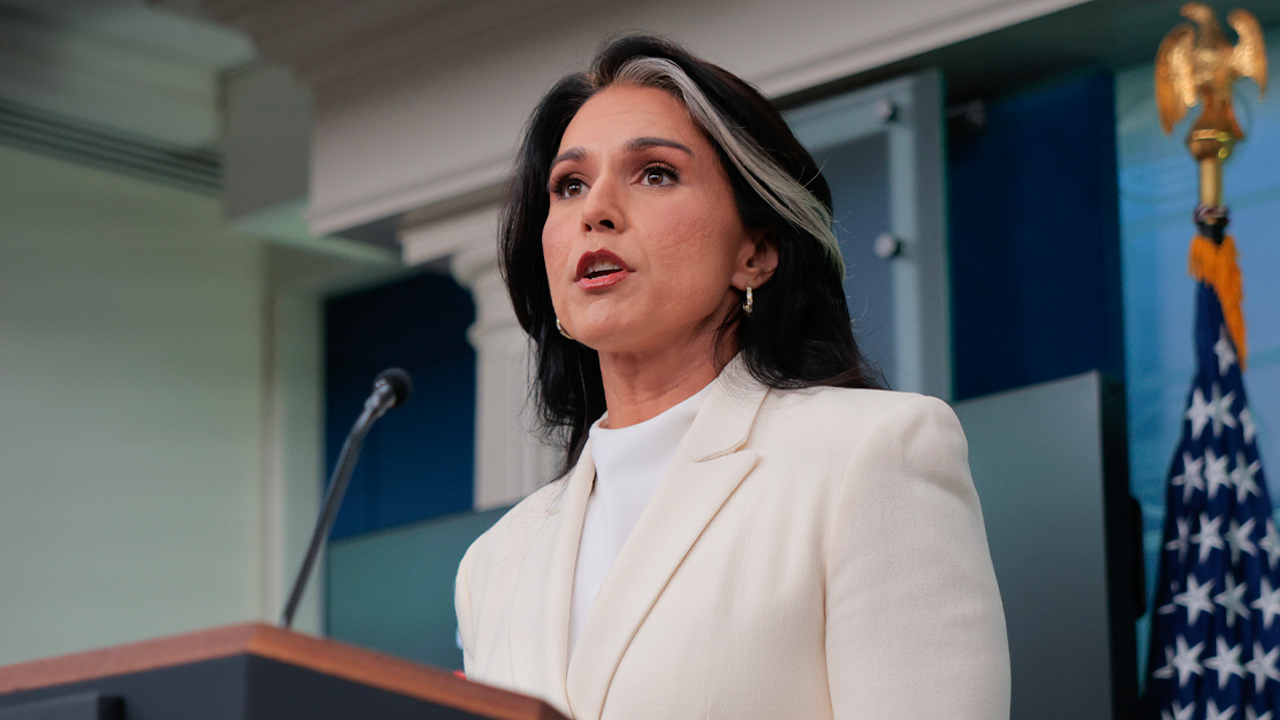Evernorth Holdings, a digital asset company with ties to Ripple Labs, announced plans to go public through a merger with Armada Acquisition Corp. II, a Nasdaq-listed special purpose acquisition company (SPAC), in a move aimed at tapping growing institutional demand for publicly traded digital asset treasury firms.
The transaction is expected to generate more than $1 billion in gross proceeds, including a $200 million investment from Japan’s SBI Holdings, a company with historical ties to SoftBank. Additional backing is expected from Ripple, Pantera Capital, Kraken and GSR, the company said.
Evernorth said the funds will be used to build one of the world’s largest XRP (XRP) treasuries through open-market purchases of the digital asset.
Upon completion of the merger, the combined company is expected to trade on the Nasdaq under the ticker symbol XRPN.
Evernorth CEO Asheesh Birla said the new investment vehicle is designed to “accelerate XRP adoption” amid growing interest in decentralized finance (DeFi), offering investors a public-market avenue to gain exposure to XRP and related digital-asset strategies.
The announcement follows reports that Ripple Labs plans to raise roughly $1 billion through XRP sales to establish its own digital-asset treasury, combining newly acquired tokens with part of its existing holdings.
Separately, Ripple recently agreed to acquire GTreasury, a corporate treasury management platform, in a deal valued at about $1 billion, aiming to expand its enterprise liquidity and payment infrastructure.
Meanwhile, other companies, including VivoPower, have unveiled XRP-focused digital-asset strategies, underscoring growing institutional interest in the token.
Related: Democrats propose ‘restricted list’ for DeFi protocols, sparking outcry
The rise of digital asset treasury (DAT) strategies
Evernorth’s push to build a digital-asset treasury is hardly unique. This year alone, dozens of companies have emerged with similar ambitions to stockpile cryptocurrencies as part of their corporate balance sheets.
Much of the movement traces back to Michael Saylor’s Strategy, the first major public company to adopt Bitcoin (BTC) as a primary treasury reserve asset — a position that has since grown to nearly 700,000 BTC.
Beyond Bitcoin, corporate treasury strategies have expanded to include assets such as Ether (ETH), Solana (SOL), Ethena (ENA) and others, as companies explore digital assets with strong growth narratives.
Still, not everyone is convinced. Deng Chao, CEO of crypto venture firm HashKey Capital, said digital-asset treasury strategies continue to face skepticism from traditional finance, which he believes remains a barrier to wider institutional adoption.
Others share similar concerns. David Bailey, CEO of Bitcoin treasury firm Nakamoto, argued that poor performance among altcoins has eroded confidence in the broader digital-asset treasury model.
“Toxic financing, failed altcoins rebranded as DATs, too many failed companies with no plan or vision. It’s totally muddled the narrative,” Bailey said.
Related: Bitcoin in consolidation as treasuries eye altcoins: Novogratz
Read the full article here
















